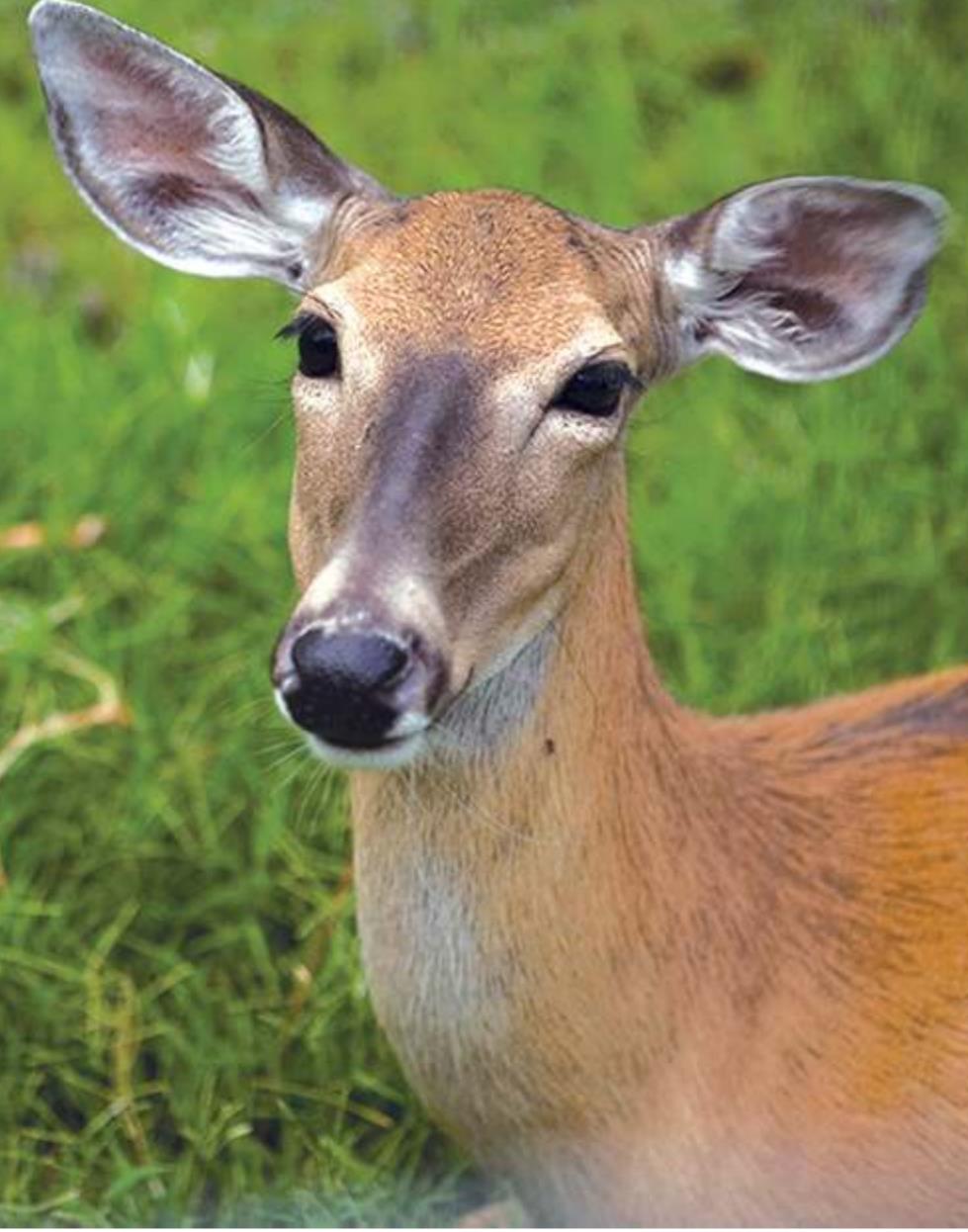STILLWATER — It is the time of year when Oklahoma wildlife goes nuts … for acorns.
The floors of the state’s wooded areas are loaded with these delectable little nuggets of goodness.
Oklahoma wildlife feasts on acorns to help build up fat reserves for the winter, Dwayne Elmore, Oklahoma State University Extension wildlife specialist, professor and Bollenbach Chair in OSU’s Department of Natural Resource Ecology and Management, said.
“Lots of animals eat acorns, including blue jays and squirrels, and insects such as acorn weevils. They definitely take advantage of this time of year when the acorns supply is flush to help build fat reserves for the winter,” Elmore said. “However, it’s deer we most associate with eating acorns. Although deer have a diverse diet, their favorite thing to nosh on in the fall is acorns. In fact, acorns can constitute up to 25 percent of a deer’s autumn diet. The acorns are easy to digest and provide protein needed for healthy wildlife.”
Acorns are the seed of the oak, and as fall approaches they drop from trees and provide a smorgasbord for wildlife. This popular food supply has a narrow window of availability and exists only about two to three months out of the year in the autumn.
Production can vary considerably, and Elmore said during some years production can be light, which can actually help deer hunters. When acorn counts are high, deer can be harder to predict because they have resources everywhere and are less likely to use food plots. Acorn production depends on late spring frosts and summer rainfall.
“Deer hunters have a good understanding of the importance of finding trees that are dropping acorns because the deer tend to concentrate there in October and November,” he said.
Acorns are produced by all species of oak found in Oklahoma. While there is some variation in animal preference between the various oak species, all are consumed.
In Central Oklahoma, the two most common oak are the post oak and the blackjack oak. In Western Oklahoma, the dwarf shinnery oak is prevalent, while in the Eastern portion of Oklahoma, species such as black oak, Shumard oak and southern red oak are more common.
“During the coming days, you might consider a walk through a nearby forest to investigate the amount of acorn production in your area. You’ll likely notice not all oak produce equally,” he said. “While the size of the tree crown is certainly related to the number of acorns produced, there also is genetic variation, and some trees are predisposed to be large producers. From a wildlife standpoint, these are important trees to retain.”
According to the State Department of Wildlife Conservation, deer hunters in Oklahoma can look forward to the upcoming hunting seasons, including:
• Archery: October 1 through January 15, 2021
• Primitive weapons: October 24 through November 1
• Youth firearms: October 16 through October 18
• Firearms: November 21 through December 6
• Holiday antlerless: December 18 through December 31


